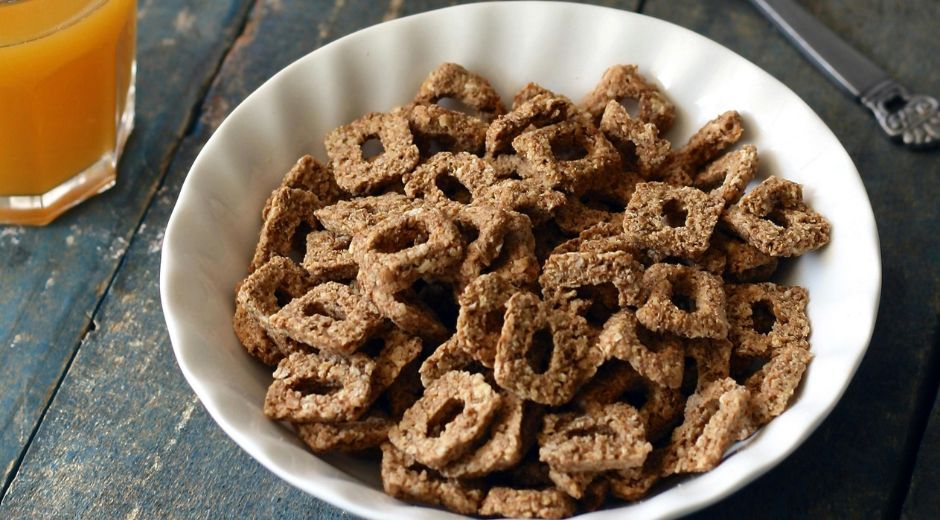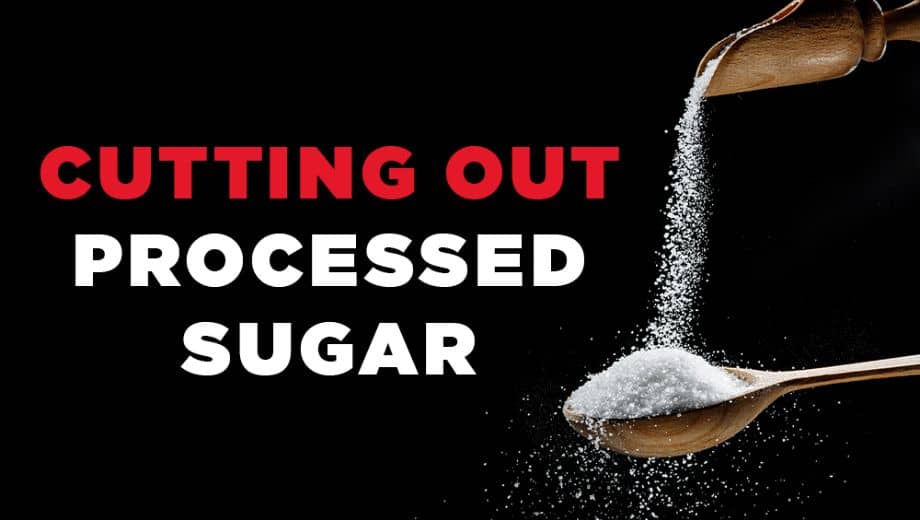Fueling Wellness with Fiber: The Unsung Hero of Nutrition
In the modern world of nutrition, people often chase trends—superfoods, supplements, and diet fads that promise quick results. Yet one nutrient quietly stands above them all, consistently supported by decades of research and essential to long-term health: fiber. Despite its humble reputation, fiber is one of the most powerful allies for your body. It improves digestion, balances blood sugar, protects the heart, and fuels energy throughout the day.
Fiber is not glamorous, but it’s transformative. It works behind the scenes to keep the body’s systems running efficiently and the mind feeling clear. The challenge is that most people don’t get enough of it. Studies show that less than ten percent of adults meet the recommended daily intake. By understanding how fiber works and where to find it, we can make small adjustments that lead to significant health benefits.
What Exactly Is Fiber?
Fiber is a type of carbohydrate that the body can’t digest. Unlike sugars and starches, fiber passes through the digestive system mostly intact, helping regulate how other nutrients are absorbed. There are two main types: soluble and insoluble.
Soluble fiber dissolves in water, forming a gel-like substance in the digestive tract. It slows down digestion, stabilizes blood sugar levels, and lowers cholesterol. Foods rich in soluble fiber include oats, beans, apples, and carrots.
Insoluble fiber adds bulk to stool and promotes regular bowel movements, preventing constipation. It’s found in foods like whole grains, nuts, and leafy vegetables. Both types are essential, and most natural plant-based foods contain a mix of both.
According to the Harvard T.H. Chan School of Public Health, high-fiber diets are linked to reduced risk of heart disease, type 2 diabetes, and certain types of cancer. The science is clear—fiber is foundational to a healthy life.
Why Fiber Matters More Than You Think
Fiber does far more than support digestion. It plays a critical role in energy, immunity, and even mood regulation. When you eat fiber-rich foods, your body digests other nutrients more efficiently. It slows sugar absorption, preventing energy crashes. It feeds beneficial gut bacteria, strengthening your immune system and even supporting mental health through the gut-brain connection.
Fiber is also one of the most effective tools for maintaining a healthy weight. Because it absorbs water and expands in the stomach, it promotes satiety and reduces overeating. You feel full longer, and cravings naturally decrease. Unlike restrictive diets, fiber allows you to eat more of the right foods rather than cutting calories in unhealthy ways.
Fiber and Gut Health
Your gut is home to trillions of microorganisms that influence everything from digestion to mood. These microbes rely on fiber for nourishment. When fiber reaches the colon, it’s fermented by beneficial bacteria, producing short-chain fatty acids that reduce inflammation and improve colon health.
A thriving gut microbiome enhances immune function and helps prevent digestive disorders such as irritable bowel syndrome and constipation. Without enough fiber, harmful bacteria can dominate, leading to bloating, fatigue, and other health issues.
Experts from Cleveland Clinic note that fiber acts like fertilizer for your gut, feeding good bacteria and strengthening intestinal balance. In this sense, every meal becomes a chance to cultivate internal harmony.
The Connection Between Fiber and Heart Health
Heart disease remains the leading cause of death worldwide, and diet plays a massive role in prevention. Fiber, especially soluble fiber, helps lower LDL (bad) cholesterol by binding to it in the digestive system and removing it from the body. It also improves blood pressure and supports healthy blood vessels.
People who regularly consume high-fiber diets have a lower risk of developing heart conditions. Oats, flaxseeds, lentils, and citrus fruits are particularly beneficial. Incorporating these foods into breakfast or lunch can create a lifelong heart-protective habit.
Fiber and Blood Sugar Regulation
For individuals managing blood sugar, fiber is a powerful ally. Soluble fiber slows the absorption of sugar, helping to stabilize glucose levels. This prevents the rapid spikes and crashes that lead to fatigue and sugar cravings.
Balanced blood sugar not only reduces the risk of diabetes but also supports better focus, mood stability, and sustained energy throughout the day. A simple swap—such as choosing whole grains over refined carbohydrates—can make a lasting difference.
Weight Management and Satiety
Fiber helps you manage hunger without feeling deprived. Because it expands in the stomach, it signals fullness to the brain more effectively than low-fiber foods. Meals high in fiber naturally slow eating pace and reduce calorie intake without conscious restriction.
This sustainable approach to eating helps maintain a healthy weight and prevent the metabolic slowdown often caused by restrictive dieting. In addition, high-fiber foods tend to be nutrient-dense but lower in calories, creating an ideal balance for long-term vitality.
How Much Fiber Do You Need?
The general recommendation is about 25 grams per day for women and 38 grams for men, according to dietary guidelines. However, most people consume less than half of that. The key is to increase fiber gradually to avoid digestive discomfort and ensure adequate hydration.
Some easy ways to boost intake:
Start your day with oatmeal or whole-grain cereal.
Add beans or lentils to soups and salads.
Snack on fruits like pears or raspberries.
Replace white rice with quinoa or brown rice.
Include leafy greens in every meal.
The goal is not perfection but consistency. Even a small daily increase can lead to noticeable improvements in digestion and energy.
Fiber in a Modern Diet
Processed foods dominate the modern diet, often stripped of natural fiber during manufacturing. Refined flours, sugary snacks, and packaged meals may provide calories but lack the nutrients that keep the body functioning well.
Choosing whole, unprocessed foods restores balance. Reading labels for fiber content helps make informed choices. Foods with at least three grams of fiber per serving are considered a good source.
A simple rule to remember: If it comes from a plant and looks like it did in nature, it probably contains fiber.
The Link Between Fiber and Mental Wellbeing
Emerging research highlights an exciting connection between fiber and mood. The gut produces neurotransmitters like serotonin, often referred to as the “happiness chemical.” When your gut bacteria are well-nourished with fiber, serotonin production improves, leading to better emotional balance.
This “gut-brain axis” means that what you eat directly affects how you feel. Increasing fiber intake may reduce symptoms of anxiety and depression by improving gut health. What once seemed like a digestive detail is now recognized as a foundation for mental wellness.
Common Fiber Myths
Myth 1: Fiber is only important for digestion.
While digestion is a major benefit, fiber’s influence extends to immunity, cardiovascular health, and mood regulation.
Myth 2: Supplements can replace dietary fiber.
While fiber supplements can help in specific cases, they lack the full range of nutrients and phytonutrients found in whole foods.
Myth 3: High-fiber diets are bland.
On the contrary, fiber-rich foods include colorful fruits, whole grains, nuts, and legumes—foods that bring both flavor and variety to any diet.
Breaking these myths helps people embrace fiber as part of a vibrant, enjoyable way of eating rather than a restrictive health rule.
Integrating Fiber into a Balanced Lifestyle
Fiber works best as part of a holistic wellness routine. Combining it with hydration, balanced nutrition, and physical activity maximizes its benefits. Regular exercise supports digestion, while water ensures that fiber moves smoothly through the body.
Try pairing a high-fiber breakfast with a morning walk, or end your day with herbal tea and a fruit snack instead of processed sweets. Small habits like these build long-term vitality without drastic changes.
At BodyWellnessGroup.com, we encourage nutritional awareness rooted in consistency, not perfection. The goal is to create harmony between nourishment and enjoyment.
The Environmental Side of Fiber
There’s another layer to fiber that often goes unnoticed: sustainability. High-fiber foods such as fruits, grains, and vegetables generally have a lower environmental impact compared to heavily processed animal-based products.
Choosing fiber-rich plant foods supports not only your body but also the planet. It’s a win for health, biodiversity, and future generations. Mindful eating becomes an act of both self-care and ecological responsibility.
A Practical Example: A Day of High-Fiber Eating
Breakfast: Oatmeal topped with banana slices and chia seeds.
Snack: A handful of almonds and an apple.
Lunch: Quinoa salad with black beans, spinach, and avocado.
Snack: Carrot sticks with hummus.
Dinner: Lentil soup with whole-grain bread and a side of roasted vegetables.
This simple plan provides well over the recommended daily fiber while remaining colorful, satisfying, and easy to prepare.
Conclusion: The Quiet Power of Fiber
Fiber may not be flashy, but it’s essential. It quietly shapes energy levels, emotional balance, and long-term health. Every bite of fiber-rich food supports not just digestion but the entire body’s natural rhythm of renewal and strength.
When we give our bodies the right building blocks, they reward us with vitality. Fiber is one of those fundamental blocks—a daily reminder that wellness doesn’t require complexity, only consistency.
To continue exploring nutritional insights that support your wellbeing, visit BodyWellnessGroup.com and explore our Nutrition section.
For expert studies and scientific details about fiber’s health benefits, read the in-depth analysis available on Cleveland Clinic.
And for an evolving daily challenge that helps you integrate more fiber and balance into your diet, start right here: Politicxy
Eating fiber is not a trend—it’s a timeless foundation for health, harmony, and energy that lasts.
Wellness Made Simple

Breathwork Basics You Can Use Anytime To Reset
Breathwork Basics You Can Use Anytime To Reset

Sleep Rhythm, Simple Night Habits For Deeper Rest
Sleep Rhythm, Simple Night Habits For Deeper Rest

The Meaning of Connection: Building a Purposeful and Fulfilling Lifestyle
Explore how genuine connection supports mental wellbeing, emotional health, and deeper purpose, shaping a more meaningful and fulfilling lifestyle.

Hydration Balance: How Water Shapes Energy, Digestion, and Daily Wellness
Learn how hydration balance fuels energy, supports digestion, and improves overall wellbeing through simple daily habits and smart nutrition strategies.

The Power of Grounding: Returning to Inner Stability in a Distracted World
Discover how grounding techniques calm the mind, reduce stress, and restore emotional stability in a fast paced, distraction filled world.

Mastering Mobility: The Overlooked Pillar of Long-Term Fitness Health
Discover why mobility is essential for strength, performance, and injury prevention, and learn how daily movement habits build a healthier, more resilient body.

The Meaning of Connection: Building a Purposeful and Fulfilling Lifestyle
Explore how genuine connection supports mental wellbeing, emotional health, and deeper purpose, shaping a more meaningful and fulfilling lifestyle.

The Power of Antioxidants: Defending Your Body from Within
Learn how antioxidants protect your cells, strengthen immunity, and support long-lasting vitality through simple, nutritious food choices.













